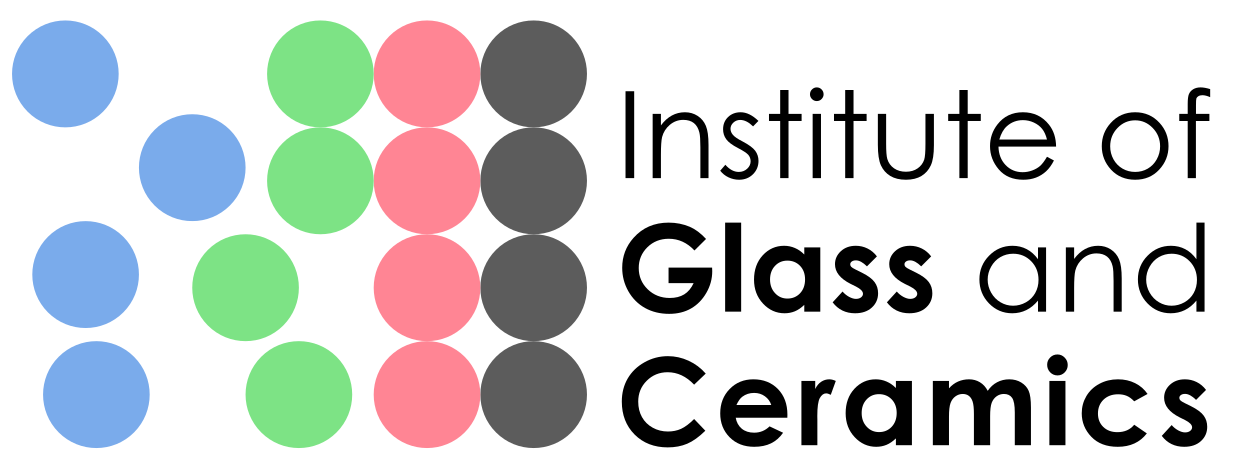Additive Processing
Rapid Prototyping (RP) technologies can readily produce parts of complex shape and geometry from 3D-models generated by Computer Aided Design (CAD). Common to all Rapid Prototyping techniques is that the part is build up in a layer-by-layer fashion. Therefore the techniques can be considered as additive or generative manufacturing processes. General advantages of Rapid Prototyping methods are fast, economical production of prototypes (products) with complicated internal structure, casting models, tools and even production-quality parts. Objects of complex shape and complicated internal structure (hollow parts or porous structures) can be produced. Rapid Prototyping techniques are also capable of net-shape or near-net shape fabrication of parts. A multi-step approach for preparing products is generally applied in all RP techniques. First, a CAD model is created, the model is then converted to a STL (stereolithography) -type file which contains all geometrical information of the model. After processing of the .STL-file (slicing the .STL-file into layers), the part can then be produced automatically by the chosen Rapid Prototyping technique. A final step involving surface finishing or thermal treatment to convert the structure into ceramics may be required.
The main objective of the Advanced Ceramic Processing and Rapid Prototyping at the University of Erlangen-Nuernberg is to obtain fundamental knowledge of the use of processing routes that can result in fabrication of parts made of ceramic and ceramic/metal composites. Based on oxides, borides, carbides or silicides, or a combination thereof the effect of post-fabrication treatments (e.g., heat treatments, metal infiltration) on the final phase composition, microstructure and density of products with complex geometry prepared via different RP processing routes: Laminated Object Manufacture (LOM), Fused Deposition Modeling (FDM), Selective Laser Curing (SLC) and Three-Dimensional Printing (3D-Printing) is studied.
CAD design of macro-cellular lattice reactor structure (left) and SiSiC component fabricated by 3D printing (right).An additional goal is the development of novel feedstock materials for the use in Rapid Prototyping. Recently, a novel class of filler-loaded cellulosic paper, so-called preceramic paper, has been developed. The preceramic paper may serve as a preform to manufacture lightweight as well as multilayer ceramic products. Oxide as well nonoxide ceramics were processed into single-sheet, corrugated structures, and multilayer ceramics. In contrast to common paper, preceramic paper contains a substantially higher level of the filler phase up to 85 wt.%. Applying well-established paper processing technologies, including laminated object manufacturing (LOM), ceramic structures of complex shape and size can easily be processed, offering a high potential for economical manufacturing.
Preceramic paper sheets containing 76.8 wt.% SiC powder, 20 wt.% cellulose pulp, and 3.2 wt.% retention agent and binder was processed by LOM to green bodies which then were pyrolysed at 800 °C with formation of SiC-C bodies and subsequently infiltrated with Si melt at 1500 °C to yield dense Si-SiC parts with complex shapes.
SiSiC gearwheel fabricated by LOM method using SiC-loaded preceramic paper as a novel feedstock material.An air conditioned laboratory has been established for the Advanced Ceramic Processing and Rapid Prototyping Group. The equipment includes: ZPrinter 310 and 510 (Z Corp., USA) for 3D-Printing, FDM 3000 (Stratasys, Inc., USA) for Fused Deposition Modeling, Helisys 1015plus (Helisys Inc, USA) and Kira PLT A4 (Kira Corp., Japan) for Laminated Object Manufacturing and RobFab (Battenberg ROBOTIC GmbH &Co., Germany) for robocasting. A CAD workstation is available for data processing. Local area network connections simplify the transfer of data files from the workstation or even from offices to the Rapid Prototyping devices.
